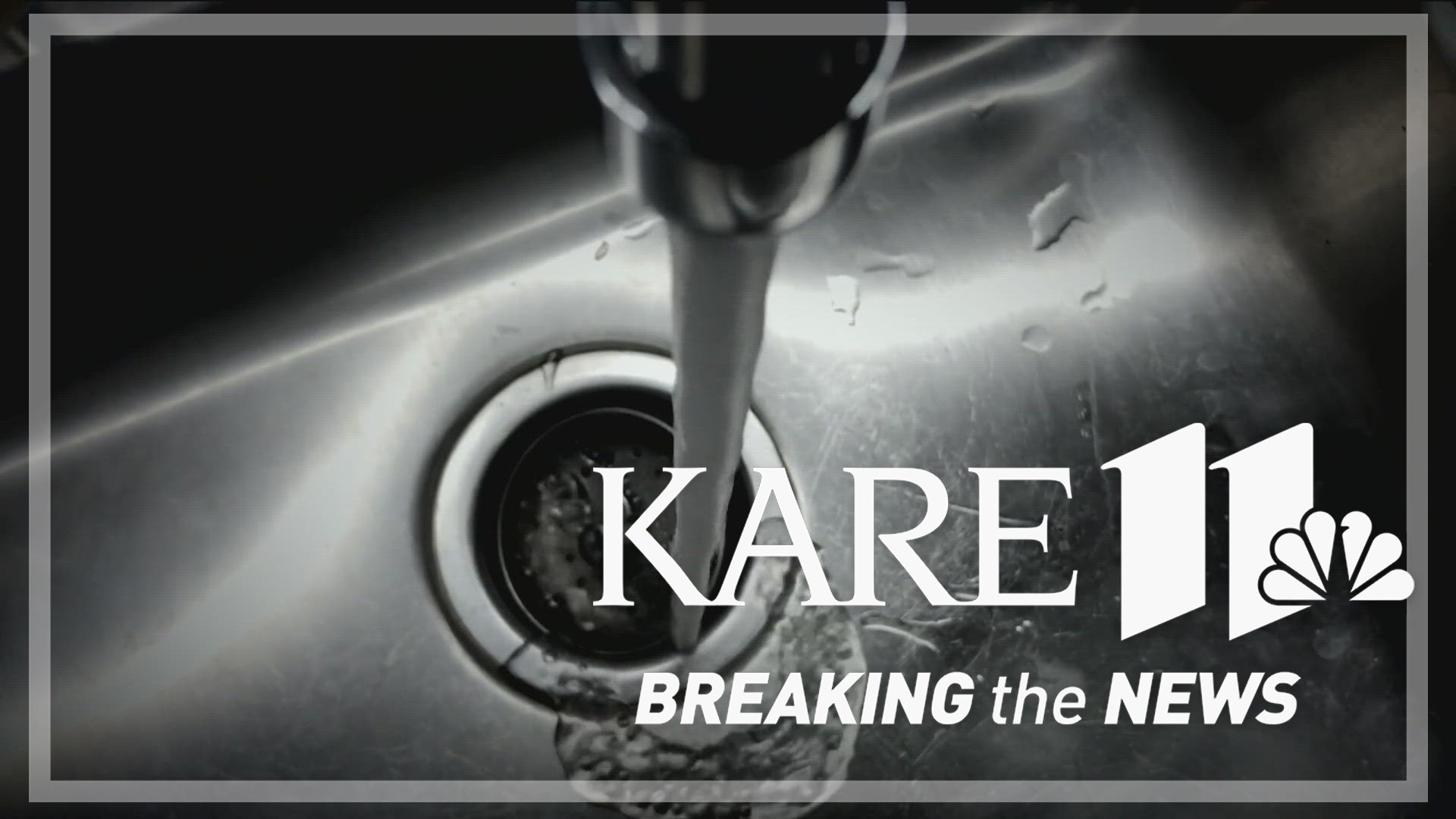WOODBURY, Minn. — Shortly after the Environmental Protection Agency officially announced new limits on the amount of PFAS chemicals that it will allow in drinking water, the Minnesota Department of Health released a list of 23 Minnesota water systems that exceed those thresholds during the most recent round of well testing.
The list includes 11 systems in the Twin Cities metro area and another 12 in greater Minnesota; including Battle Lake, Brooklyn Park, Minnesota Veterans Home, Mobile Manor MHP, Pine City, Princeton, South Saint Paul, Wabasha, Alexandria, Austin Mobile Home Park, Cimarron Park, Cloquet, Cottage Grove, Hastings, Lake Elmo, Newport, Pease, Roosevelt Court, Sauk Rapids, Stillwater, Swanville, Waite Park and Woodbury.
Collectively, those water systems serve nearly 350,000 Minnesotans, but some leaders say the well testing itself doesn't reflect the quality of drinking water itself.
"Here in Woodbury, we are really in a good position to handle this, going forward," said Woodbury Mayor Anne Burt.
Mayor Burt says even though nine of the city's 20 wells now exceed the new EPA levels of 4 parts per trillion, the drinking water itself is safe thanks to a temporary treatment facility that has been used on all contaminated wells since 2020.
"Inside these tanks behind me here they are filled with granulated, activated carbon," said Jim Westerman, Assistant Public Works Director for Woodbury. "As the water flows through that carbon material, the contamination in the water sticks to that carbon material and is removed from the drinking water supply. It works great. It produces non-detectable levels of PFAS treated water."
The temporary facility has proven so effective that the city will soon break down on an even bigger treatment facility to cover all 20 wells later this year.
Westerman: "We anticipate having a total of 42 vessels in our facility that will produce 32 M gallons a day of treated water that will be PFAS free."
Erdahl: "None of this strikes me as cheap."
Mayor Burt: "No, it's not. We were fortunate that we were part of the state of Minnesota settlement against 3M."
Fortunate does not describe the situation just down the river in Hastings, which notified residents on Wednesday that five of six wells are now above the EPA threshold.
"We can't take one off line and use the clean wells because none of them are clean," said Hastings City Administrator Dan Wietecha. "There are no work arounds by any means."
Wietecha says the most cost-effective solution will be to build three new treatment plants.
"I choke a little bit when I say cost effective because it's still $69 million," he said.
Unlike Woodbury, which will have help offsetting the estimated $400 million required for its new permanent, treatment plant in the coming years, Hastings was excluded from the 3M settlement money.
Wietecha says they working to secure other forms of funding, including some of the roughly $10 billion that will be distributed by the federal government to address emerging contaminants made available in the latest infrastructure deal.
However, an estimate conducted by the Minnesota Pollution Control Agency last year, found that the cost to address PFAS could be between $14-$28 billion in our state alone in the next 20 years.
"It's absolutely a health issue we want to address," Wietecha said. "But it's being forced on us. We certainly didn't ask for the pollution, or cause it, and we're going to need help because that's just a budget buster for our residents."
And take it from Woodbury, building costs aren't the only source of concern.
"This carbon eventually collects too much (PFAS) and roughly every 18 months we have to change the material out from these vessels and put new, fresh material in it." Westerman said. "It will be in the $4, 5, 6 million range on an annual basis to continue this type of treatment."
For those communities who do have PFAS levels that exceed the new EPA threshold, there is a five year timeline to test, treat and comply.
Watch more local news:
Watch the latest local news from the Twin Cities and across Minnesota in our YouTube playlist:

